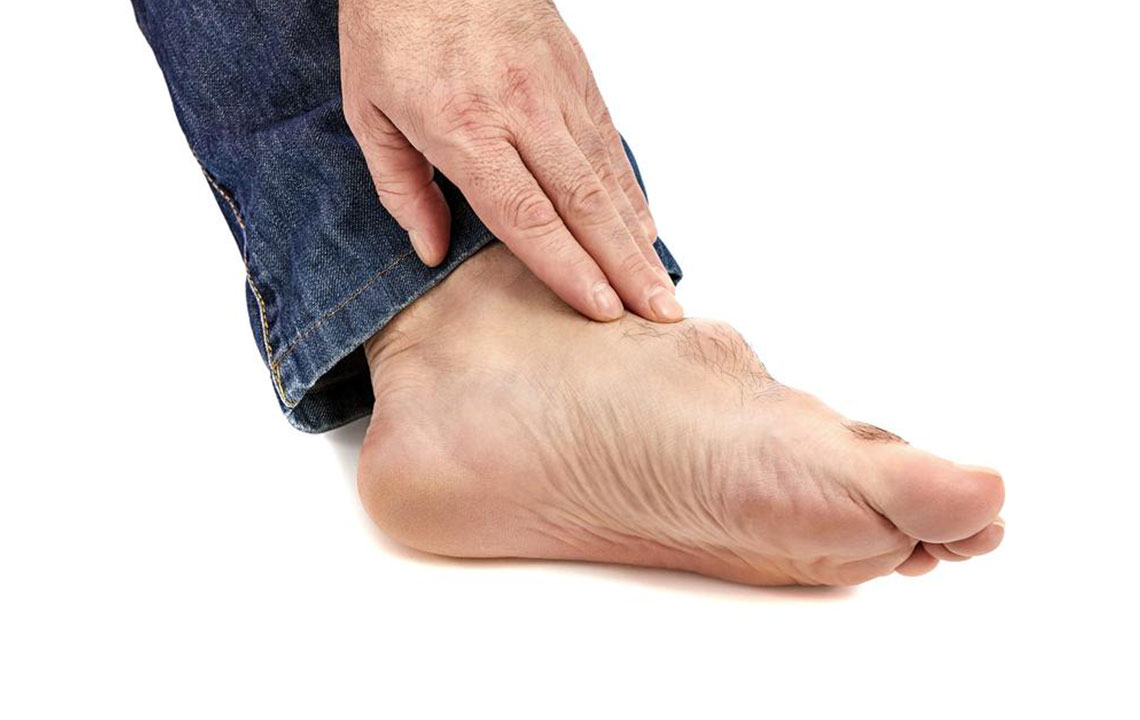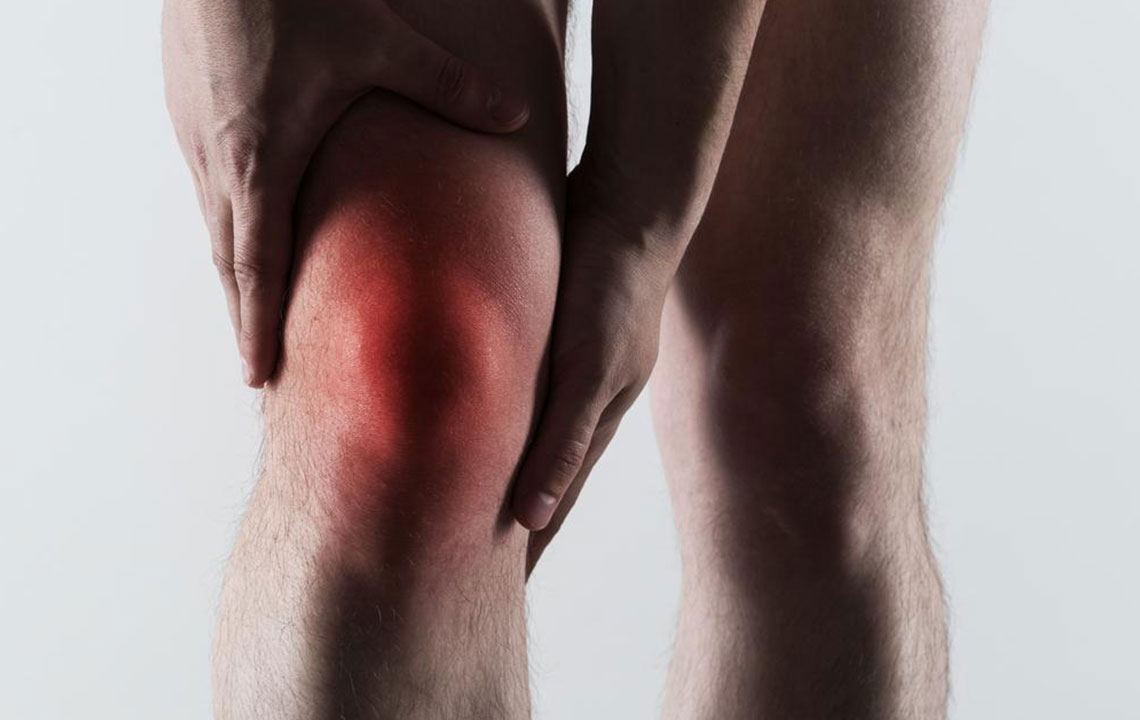Comprehensive Guide to Gout Attacks: Causes, Symptoms, and Prevention Strategies
This comprehensive guide explores gout attacks, focusing on their causes, symptoms, and effective prevention strategies. Gout, a common type of inflammatory arthritis, can cause intense joint pain primarily at the big toe and other joints. Understanding the triggers—such as diet, obesity, and underlying health conditions—is essential for prevention. The article emphasizes lifestyle modifications, medication management, and early symptom recognition to reduce attack frequency and severity. Proper care and lifestyle changes can help sufferers maintain joint health and improve quality of life.

Comprehensive Guide to Gout Attacks: Causes, Symptoms, and Prevention Strategies
Gout is a complex form of inflammatory arthritis characterized by sudden episodes of intense joint pain, swelling, redness, and tenderness. These attacks can strike unexpectedly and often cause significant discomfort, impacting daily activities and overall quality of life. While it can affect any joint, the most common site is the base of the big toe, earning it the nickname "the pain of kings" due to its historical association with rich lifestyles. However, gout is a medical condition that requires understanding its root causes, recognizing its symptoms early, and implementing effective prevention measures.
Gout attacks are characterized by abrupt and severe joint pain, which can be debilitating. These episodes tend to occur suddenly, often in the middle of the night, waking individuals from sleep with a sharp, burning sensation in the affected joint. The affected area typically becomes visibly inflamed, swollen, and warm to touch, with the skin often appearing reddened or purplish. Over time, if not properly managed, recurrent gout attacks can lead to joint damage and deformity, making early intervention essential.
Understanding the clinical signs of gout is important for prompt diagnosis and treatment. The key symptoms include:
Intense joint pain: Usually sudden, severe, and localized, with the big toe being the most common site. Pain peaks within 4 to 12 hours from onset and can be excruciating.
Persistent discomfort: Following the initial attack, lingering mild to moderate pain may persist over days or weeks, especially if untreated.
Swelling and redness: Affected joints are visibly inflamed, swollen, and often hot to touch, often with a shiny appearance.
Reduced joint mobility: As gout progresses or recurs, joint movement becomes increasingly restricted and painful.
Gout is primarily caused by elevated levels of uric acid in the blood, a condition known as hyperuricemia. When uric acid levels exceed the body's ability to eliminate it through the kidneys, it can crystallize and deposit in joint tissues, triggering inflammatory reactions. Several factors contribute to increased uric acid levels and the likelihood of gout attacks:
Dietary habits: Diets rich in purine-rich foods—such as red meats, shellfish, organ meats—and high intake of sugary beverages, especially those sweetened with fructose, can raise uric acid levels. Alcohol consumption, particularly beer and spirits, also impairs uric acid elimination.
Obesity: Excess body weight increases pressure on joints and promotes higher uric acid production. Obesity is a significant risk factor for recurrent gout attacks.
Medications and medical conditions: Certain drugs like diuretics, aspirin, and immunosuppressants can elevate uric acid. Underlying health issues such as hypertension, diabetes, kidney disease, and metabolic syndrome further increase risk.
Genetic predisposition: Family history plays a role, as some individuals inherit a tendency toward hyperuricemia.
Preventing gout attacks involves lifestyle modifications and medical management. Here are effective strategies to reduce the risk:
Dietary adjustments: Limiting purine-rich foods, reducing consumption of sugary drinks, and avoiding excessive alcohol intake. Incorporating more low-fat dairy, vegetables, and whole grains can help manage uric acid levels.
Weight management: Achieving and maintaining a healthy weight through balanced diet and regular exercise can significantly lower uric acid levels and decrease joint stress.
Medication adherence: For individuals diagnosed with hyperuricemia or gout, medications such as allopurinol or febuxostat may be prescribed to control uric acid production. It is essential to follow the healthcare provider’s instructions diligently.
Regular health check-ups: Monitoring uric acid levels and managing underlying health conditions such as hypertension or diabetes can prevent flare-ups.
Stay hydrated: Adequate water intake helps dilute uric acid and promotes its excretion by the kidneys.
In addition to these strategies, aware of early symptoms and seeking prompt medical attention can make a significant difference in managing gout effectively. People experiencing recurrent or severe flare-ups should consult a healthcare professional for personalized treatment plans. Managing associated factors, maintaining a healthy lifestyle, and adhering to prescribed treatments are vital steps toward reducing the frequency and severity of gout attacks.
In conclusion, gout is a painful and potentially debilitating condition rooted in metabolic disturbances involving uric acid. Understanding its causes, recognizing the signs early, and adopting preventive measures are crucial for minimizing flare-ups and protecting joint health. With proper management and lifestyle adjustments, individuals can lead healthier, more comfortable lives while effectively controlling gout symptoms.





